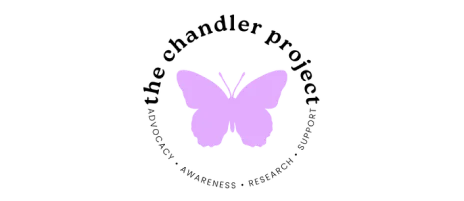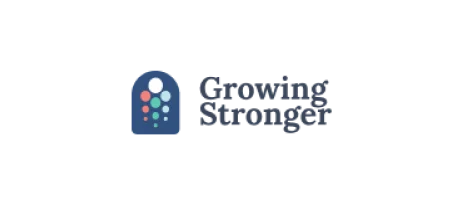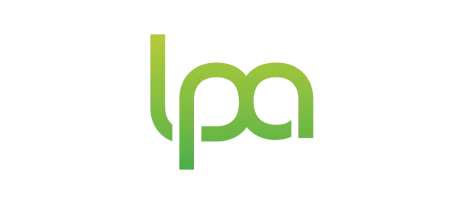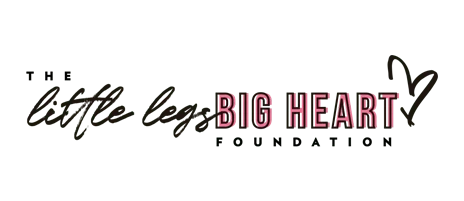Getting a diagnosis
There are two types of testing used to diagnose babies with achondroplasia
Ultrasound imaging
An ultrasound is a painless, non-invasive test that uses sound waves to create an image of your baby. Routine ultrasounds performed in the second trimester look at the baby’s bones and other body parts. Achondroplasia isn’t typically detected at that time since changes in bone growth usually don’t show up on ultrasounds until the third trimester. For this reason, many babies are not diagnosed until after birth.
If an ultrasound shows signs of achondroplasia, such as shortened long bones in the arms and legs and a larger head, medical guidelines recommend getting seen in a center that can take additional measurements of the baby’s skeleton and provide genetic testing and counseling. It’s important to keep in mind that ultrasounds have only a 40% chance of correctly diagnosing skeletal dysplasia before birth. Any prenatal diagnosis of achondroplasia based on ultrasound should be confirmed with genetic testing and/or clinical evaluation and X-rays after delivery.
Genetic testing
Genetic testing for achondroplasia checks the baby’s DNA for a change in the FGFR3 gene. Genetic testing can be helpful even when there is no family history of achondroplasia. Benefits of genetic testing include:
- Earlier diagnosis
- Confirm ultrasound findings
- Rule out other types of skeletal dysplasia, like hypochondroplasia
- Help improve care during labor and delivery
If you or your partner has achondroplasia:
Ask your doctor about an appointment with a clinical geneticist or genetic counselor before becoming pregnant to discuss pregnancy, delivery care, and options for prenatal testing.
Questions to ask about prenatal testingDownload PDF





